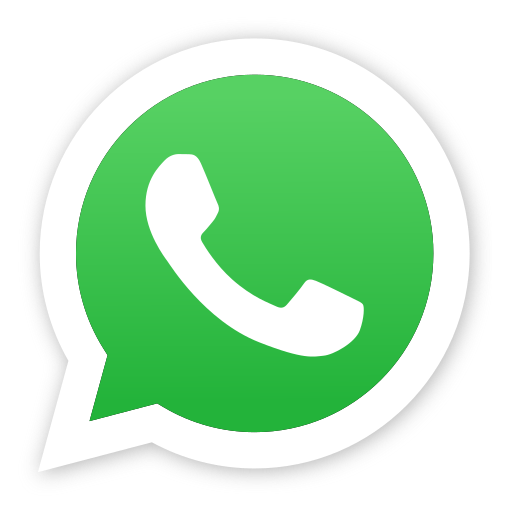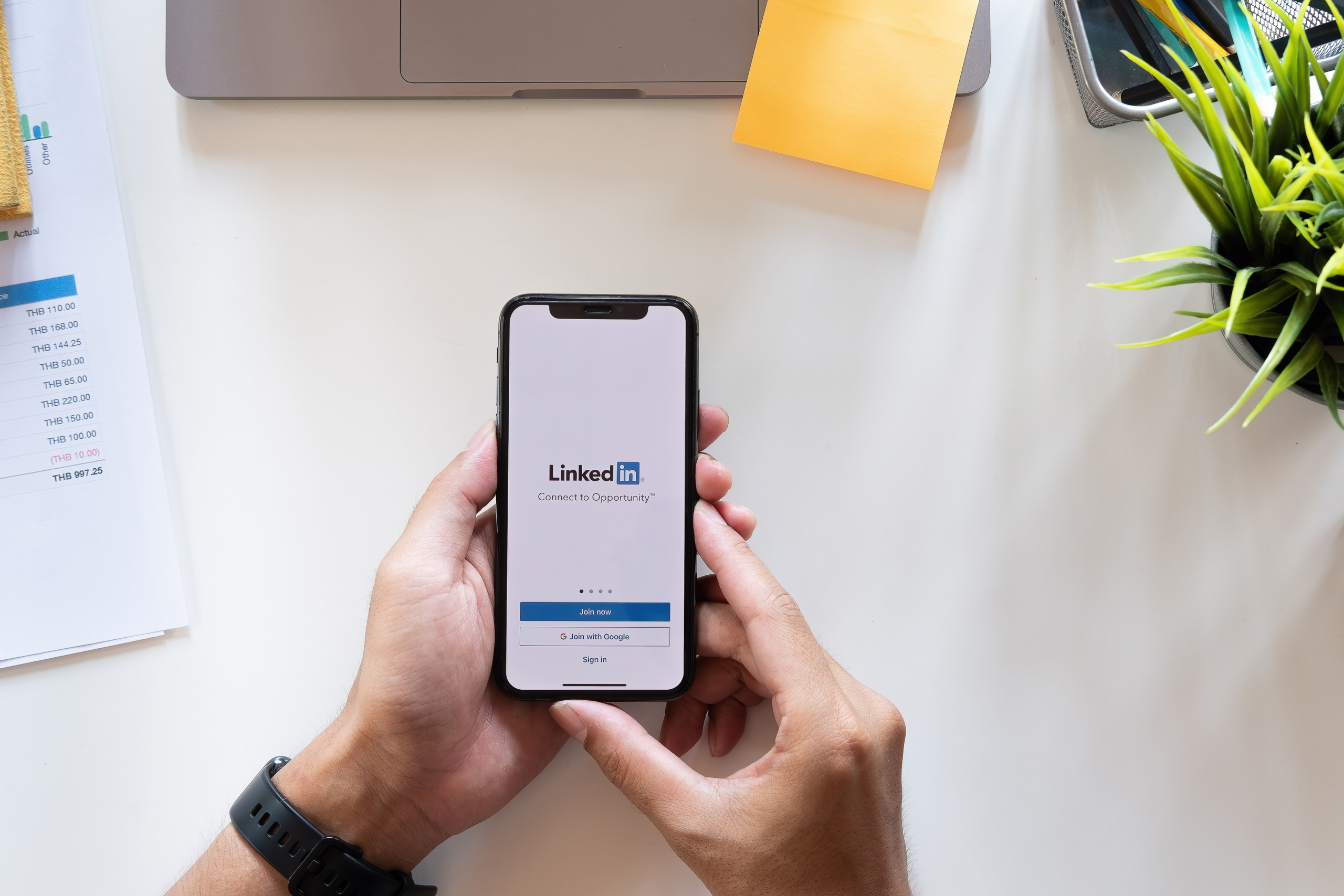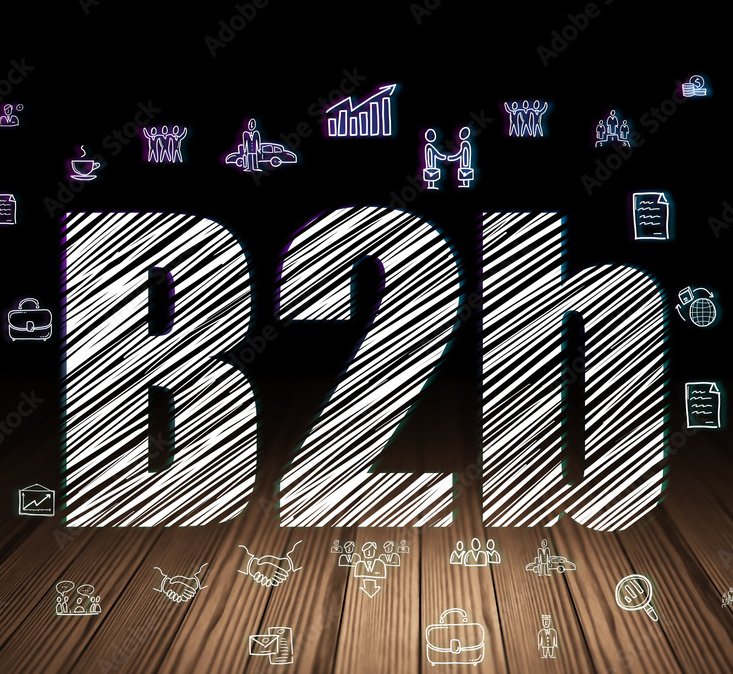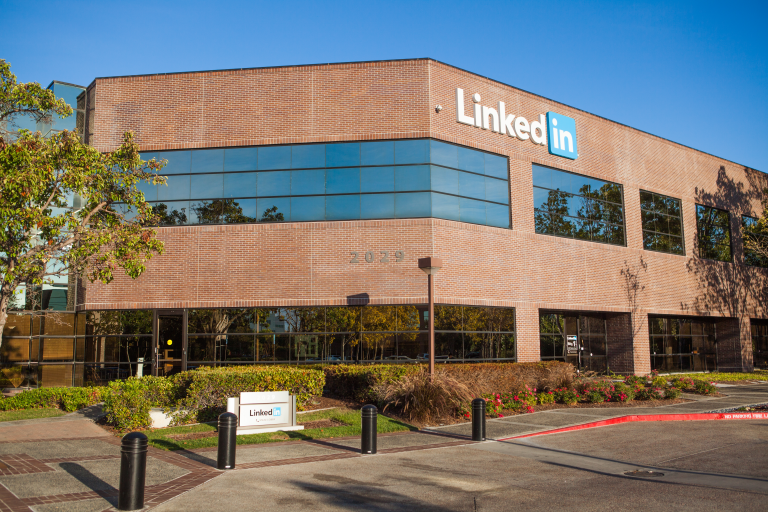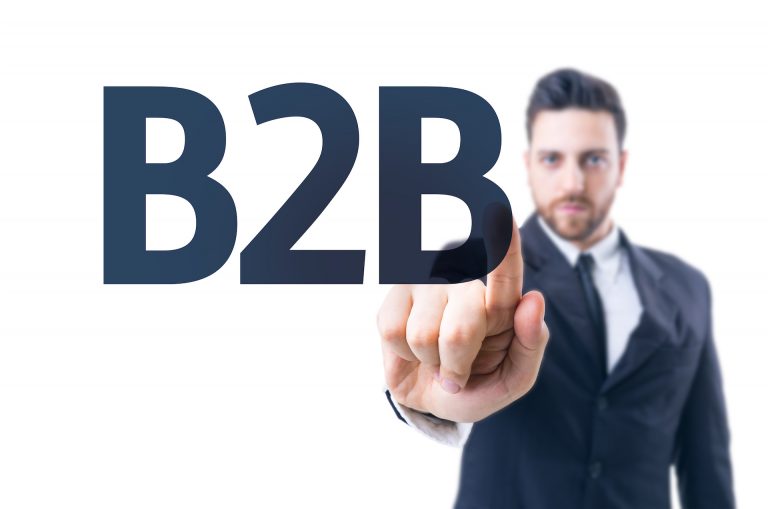7 Best Practices for Engaging B2B Cold Messages on LinkedIn
No matter what you sell, reaching out to B2B decision-makers can be tough. After all, most industries are highly competitive, and corporate buyers are practically bombarded with marketing messages every single day. Add the fact that relationships are critical in business, and it’s easy to see why many sales professionals struggle to get their foot in the door. Luckily, if you know how to write effective cold messages on LinkedIn, you already have an advantage when it comes to warming and generating leads.
How is a LinkedIn cold message different from an email, though? Besides the relative privacy of this social network, LinkedIn messages are something that nearly everyone checks regularly. For that reason, these messages have a nearly 100% open rate.
Like everything else in sales, however, cold messages on LinkedIn don’t always get the desired results. Despite the fact that you must pay for them, InMail only has a response rate between 18 and 25%. While this is much better than cold emails, you can still use best practices to boost your LinkedIn cold message success rate.
Why having a great success rate for cold messages on LinkedIn is important
Unlike email and other free communication channels, LinkedIn messages can cost money. While you don’t have to pay to send a message to your connections, there are limits on how many connection requests you can send each week. Additionally, messaging non-contacts requires money, either as an individual InMail or through a premium account membership. If you have a low response rate, then you’re likely throwing money away.
Here’s a listing of LinkedIn premium accounts:
There’s another reason why you should have a high LinkedIn cold message success rate – your company’s reputation. By far, the worst thing you can do is send messages that come across as spam. Not only does this annoy recipients, but it reflects badly on your company. Some decision-makers might even buy from another company just because you have a spammer reputation. And if that isn’t bad enough, some spammy behavior can get your account suspended.
How can you get a response to cold LinkedIn messages?
The easiest way is to be engaging. Like many other things in sales, getting a response to InMails and private messages on LinkedIn is easiest when you can make a connection with the recipient. Doing this requires you to find common ground or to demonstrate that your message has some value to the reader.
LinkedIn private message best practices
Successfully connecting with your recipients is easier than you think if you follow these best practices. Many of them are similar to best practices for email and other business communications.
1. Make it personal
Personalizing your cold messages on LinkedIn is a minimum standard. The worst thing you can do is send out a bunch of messages with no name and no sense that the note was written for a particular person. Instead, use the recipient’s name and some individualized information.
2. Build a rapport
You can’t do this every time, but try to build a rapport with the recipient. For instance, you might have something in common that’s business appropriate. Highlight this commonality to not be a stranger, and you’re more likely to get a response.
3. Network
A lot of times it’s best to avoid a sales pitch in your first cold messages on LinkedIn. You may find that the recipient is influential in their field. Maybe they post on LinkedIn about industry trends, or they might work at a key company. Either way, use this influential status as a reason to get to know that person.
4. Mention their accomplishments
If you mention someone’s accomplishments, they know that you care about them as a person. Or at minimum, that you’ve done your homework. Both impressions set you out from competitors who simply crank out one LinkedIn cold message after another.
5. Demonstrate value
Time is valuable, and you’re asking for some of theirs. Show that your message is valuable enough to trade for some of their time. For instance, you can indicate that your product can save the company money or perform tasks more efficiently. Focusing on the benefits you can deliver is more likely to elicit a response.
6. Keep it short and sweet
Shorter cold messages on LinkedIn have a higher response rate than long ones. Not only do short messages honor the recipient’s time, but first impressions don’t take long within business communications. Successful cold messages make a great impression almost immediately.
7. Include a call to action
Like other sales-related communications, your cold messages on LinkedIn should include a call to action. Often, a CTA in this type of message is “I look forward to hearing from you” or something similar. The goal is to get a response so that you can take the discussion further.

